Retro Replay Review
Gameplay
The Legend of Zelda: Ocarina of Time revolutionizes action-adventure gameplay by transitioning the series into a fully realized 3D world. Players guide Link from a third-person perspective, exploring the vast fields, forests, and waterways of Hyrule. The lock-on targeting system, known as “Z-targeting,” streamlines combat, allowing precise sword slashes and shield blocks against a variety of foes. Whether facing Moblins in the overworld or navigating the twisting corridors of Shadow Temple, the controls feel fluid and intuitive, even by modern standards.
(HEY YOU!! We hope you enjoy! We try not to run ads. So basically, this is a very expensive hobby running this site. Please consider joining us for updates, forums, and more. Network w/ us to make some cash or friends while retro gaming, and you can win some free retro games for posting. Okay, carry on 👍)
Puzzle-solving sits at the heart of Ocarina of Time’s dungeons. Each multi-room dungeon introduces new tools—bombs, boomerangs, the hookshot—that are not merely optional gimmicks, but essential instruments for unraveling environmental conundrums. Keys, maps, and compasses are woven naturally into the design, guiding players while still challenging them to observe and experiment. The satisfaction of discovering a hidden switch behind a cracked wall or using the slingshot’s arc to hit a distant switch remains unparalleled.
Time manipulation through the titular Ocarina is a standout mechanic. Learning melodies like “Sun’s Song” and “Prelude of Light” unlocks environmental changes—shifting day to night, summoning rain, or warping to key locations. The interplay between child Link and adult Link further deepens gameplay: as a child you flit through small crevices and wield the slingshot, while as an adult you access new regions with Epona and master the bow. These time-based transformations enrich both puzzle design and world exploration.
Beyond dungeons, side activities such as fishing at Lake Hylia, archery contests, and trading sequences offer delightful diversions that reward curiosity. Collectible Heart Pieces increase your health, and engaging with NPCs often unveils mini-quests that grant masks or expanded item capacity. The integration of these optional pursuits into the main narrative loop ensures that exploration feels meaningful rather than superfluous, encouraging players to fully immerse themselves in Hyrule’s varied landscapes.
Graphics
Despite its release on the Nintendo 64 in 1998, Ocarina of Time’s graphics hold a timeless charm. Character models are blocky by today’s standards, but expressive animations and distinct silhouettes make characters like Link, Zelda, and Ganondorf instantly recognizable. Textures on walls and foliage lack modern high resolution, yet clever use of color and lighting imbues each area with atmosphere—whether it’s the eerie glow of Dodongo’s Cavern or the serene sunlight filtering through the trees of Kokiri Forest.
The game’s environmental variety showcases the N64’s capabilities at their peak. The rolling fields of Hyrule are surprisingly expansive, with draw distance optimizations that maintain immersion. Water reflections on Hyrule Field and the ripples when Link crosses rivers add layers of realism. Dynamic effects such as dust clouds, rainstorms, and falling debris in the Fire Temple heighten tension and make each locale feel alive.
Later iterations—such as the 3DS remake—enhanced textures, character detail, and stereoscopic 3D, but the original’s graphical style laid the foundation. Even without high-definition polish, the iconic art direction of Ocarina of Time shines through. From the mystical vines of the Forest Temple to the cold stone corridors of the Water Temple, every dungeon radiates a distinct personality, supported by mood-setting lighting and carefully chosen color palettes.
Animation and visual feedback are key strengths. Combat animations are responsive, item pickups shimmer with a subtle glow, and HUD indicators clearly convey health or Ocarina song prompts. While occasional clipping and pop-in occur, they rarely disrupt the flow. Overall, the graphics serve the gameplay and narrative superbly, crafting a cohesive world that has aged gracefully over two decades.
Story
Ocarina of Time presents an epic narrative that unfolds across two time periods, elevating the series’ storytelling to new heights. We begin with Link’s humble existence in the Kokiri Forest, then follow his coming-of-age journey as he strives to protect Hyrule from the malevolent Ganondorf. The plot’s dual structure—Link as a child and later as an adult—imbues the story with emotional weight, highlighting themes of growth, memory, and destiny.
The supporting cast is memorable and varied. Princess Zelda’s wisdom and bravery complement Link’s heroic resolve, while Navi, though occasionally overzealous, serves as a constant guide through uncharted territory. Secondary characters—from the standoffish Goron leader Darunia to the enigmatic Sheik—add depth and richness to the world. Side quests like the Mask Trading Sequence further flesh out Hyrule’s inhabitants, revealing hidden motivations and rewarding player engagement.
Ganondorf’s quest for the Triforce introduces genuine stakes. His presence looms over the narrative, transforming Hyrule from a peaceful kingdom to a realm under twilight’s shadow. Cinematic set pieces—such as the escape from the collapsing Great Deku Tree and the climactic showdown in Ganon’s Castle—deliver dramatic tension. The storytelling balances action, exposition, and quiet moments of exploration seamlessly, never leaving pacing to chance.
The music underscores every emotional beat. Iconic themes like “Zelda’s Lullaby” and the haunting Water Temple motif tie directly into the narrative, reinforcing the game’s mythology. Ocarina melodies are cleverly integrated into cutscenes and gameplay, allowing players to become active participants in the storytelling. This synergy of plot, character, and score elevates Ocarina of Time’s narrative to a level seldom achieved in its era.
Overall Experience
The Legend of Zelda: Ocarina of Time remains one of the most influential action-adventure games ever made. Its seamless blend of exploration, combat, and puzzle-solving sets a benchmark that countless titles have since strived to emulate. Whether you’re a newcomer to the series or revisiting Hyrule, the game’s balance of challenge and accessibility ensures a rewarding journey from beginning to end.
Its replay value is remarkable. Collecting all Heart Pieces, completing every side quest, or seeking out hidden collectibles like Skulltulas provides hours of additional gameplay. Speedrunners continue to discover new tricks and shortcuts, showcasing the depth of the game’s mechanics. The dual timelines and multiple endings further encourage multiple playthroughs, each revealing fresh insights into Hyrule’s lore.
Accessibility features, such as the ability to warp between key locations and the intuitive HUD design, make tackling its more complex dungeons manageable. While some players may find the Water Temple’s puzzles challenging, the satisfaction of overcoming its intricate design is unparalleled. Modern re-releases on platforms like the Nintendo 3DS and Switch Online offer quality-of-life enhancements without compromising the original experience.
Ultimately, Ocarina of Time is more than a game—it’s a timeless adventure that continues to inspire awe and admiration. Its pioneering design, compelling story, and unforgettable moments secure its place in gaming history. For anyone seeking an adventure that seamlessly blends heart, challenge, and innovation, Link’s odyssey through time remains a must-play.
 Retro Replay Retro Replay gaming reviews, news, emulation, geek stuff and more!
Retro Replay Retro Replay gaming reviews, news, emulation, geek stuff and more!
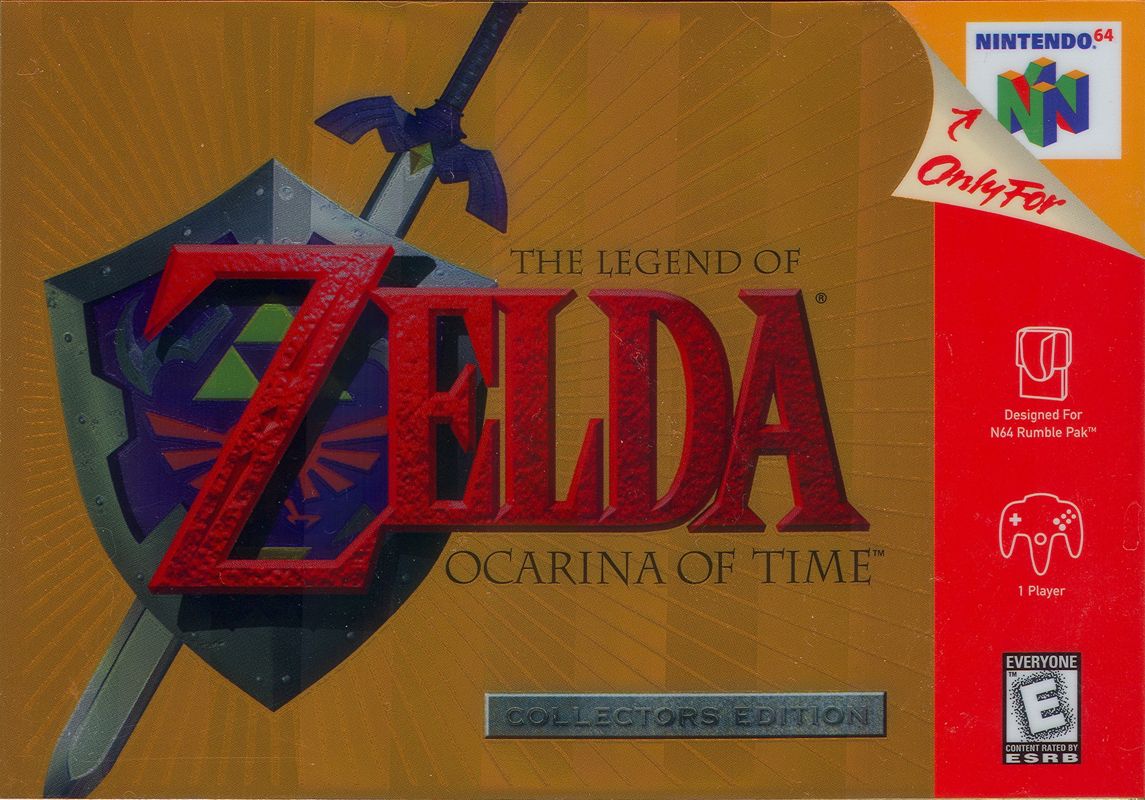
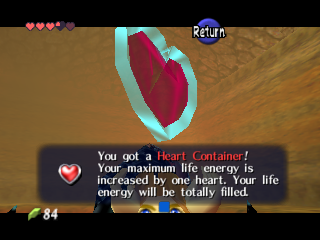

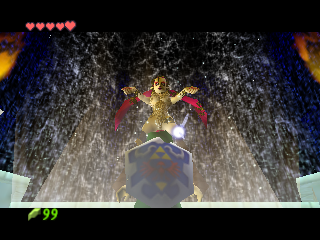
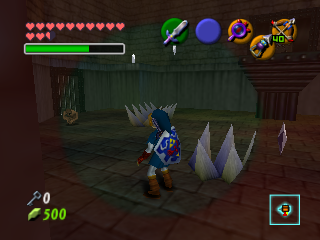


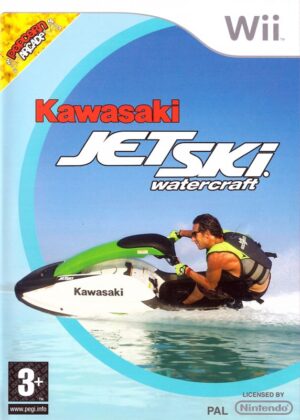
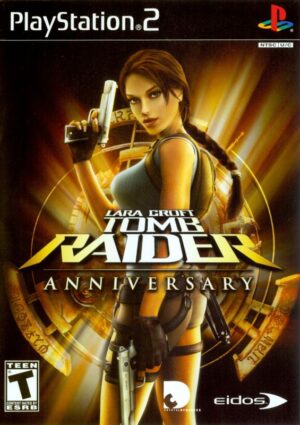
Reviews
There are no reviews yet.